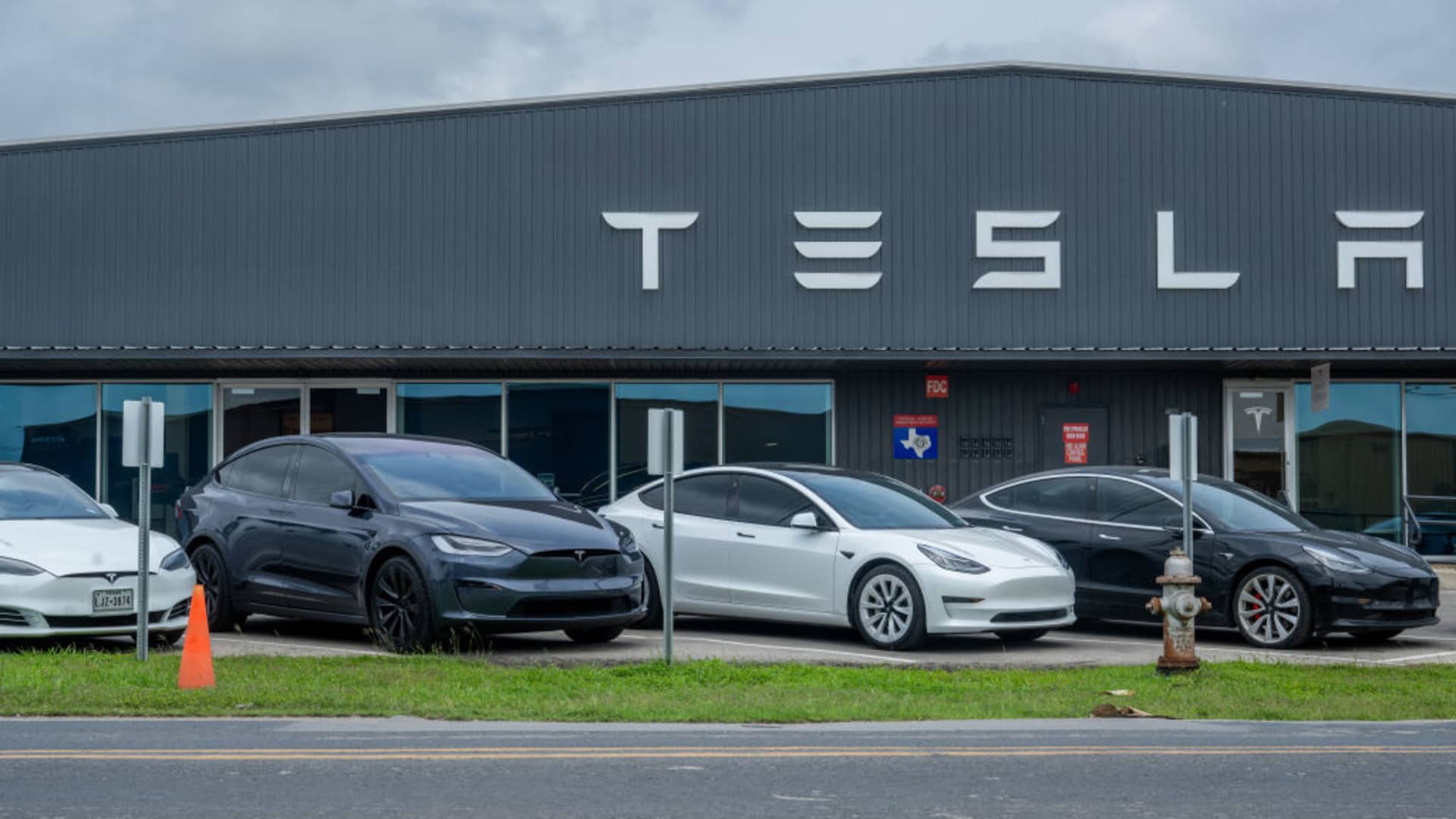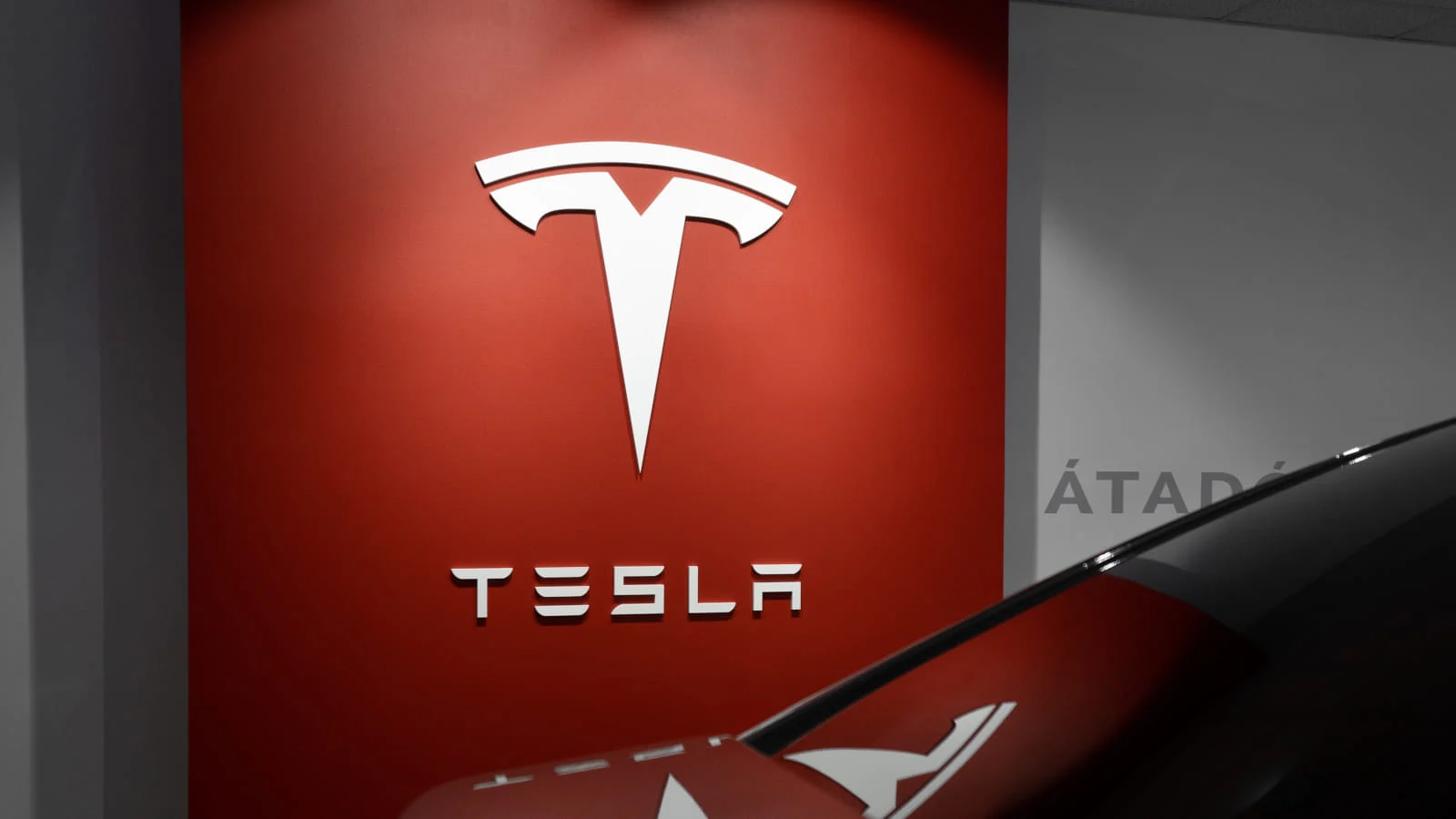In a significant shift for the electric vehicle industry, Tesla Inc. is set to reduce its New York workforce substantially this summer, a move that underscores the company’s struggles in 2024. Tesla, once a dominant player in the electric vehicle market, has seen its share drop to 51.3% in the first quarter of the year, down from 61.7% in the previous year, as reported by Kelley Blue Book.

Despite the market share decline, the overall sales of electric vehicles in the U.S. increased slightly by 2.6%, totaling 268,909 in the first quarter of 2024. This indicates a growing competitive landscape where Tesla is no longer the only major player, forcing the company to reassess its strategies and operational scale.
The Impact on New York’s Tesla Employees
The downturn in Tesla’s fortunes is having a direct impact on its employees, particularly at its New York facilities. According to reports from MassLive.com and the New York Department of Labor WARN database, Tesla plans to lay off 345 workers across multiple dates this summer at its Buffalo locations.
These layoffs will begin on July 15, affecting primarily the employees at the South Park Avenue facilities.

The WARN notices, which are required by federal law to provide 60 days notice of pending layoffs, detail the staggered schedule of job cuts, impacting several Tesla departments and leaving many employees in a state of uncertainty.
Notably, none of the affected employees are represented by a union, which might have offered additional protections or negotiation power against such sweeping changes.
Broader Implications and Tesla’s Future Moves
This reduction in force is part of a larger plan announced by Elon Musk earlier in April, where he stated that 10% of Tesla’s workforce would be cut. This equates to approximately 14,000 employees globally, signaling one of the largest workforce reductions in the company’s history.

The layoffs are not confined to New York, as employees in other Tesla hubs like California, Nevada, and Texas are expected to experience similar cutbacks. This move could have significant implications not only for Tesla’s operational efficiency but also for its public perception and employee morale.
As Tesla navigates through these challenging times, the industry watches closely. The company’s ability to innovate and scale effectively while managing its workforce and financial health will be critical in maintaining its position as a leader in the electric vehicle market.
Meanwhile, the affected employees must contend with the uncertainty of their professional futures, a stark reminder of the volatile nature of the tech and auto industries intertwined.










